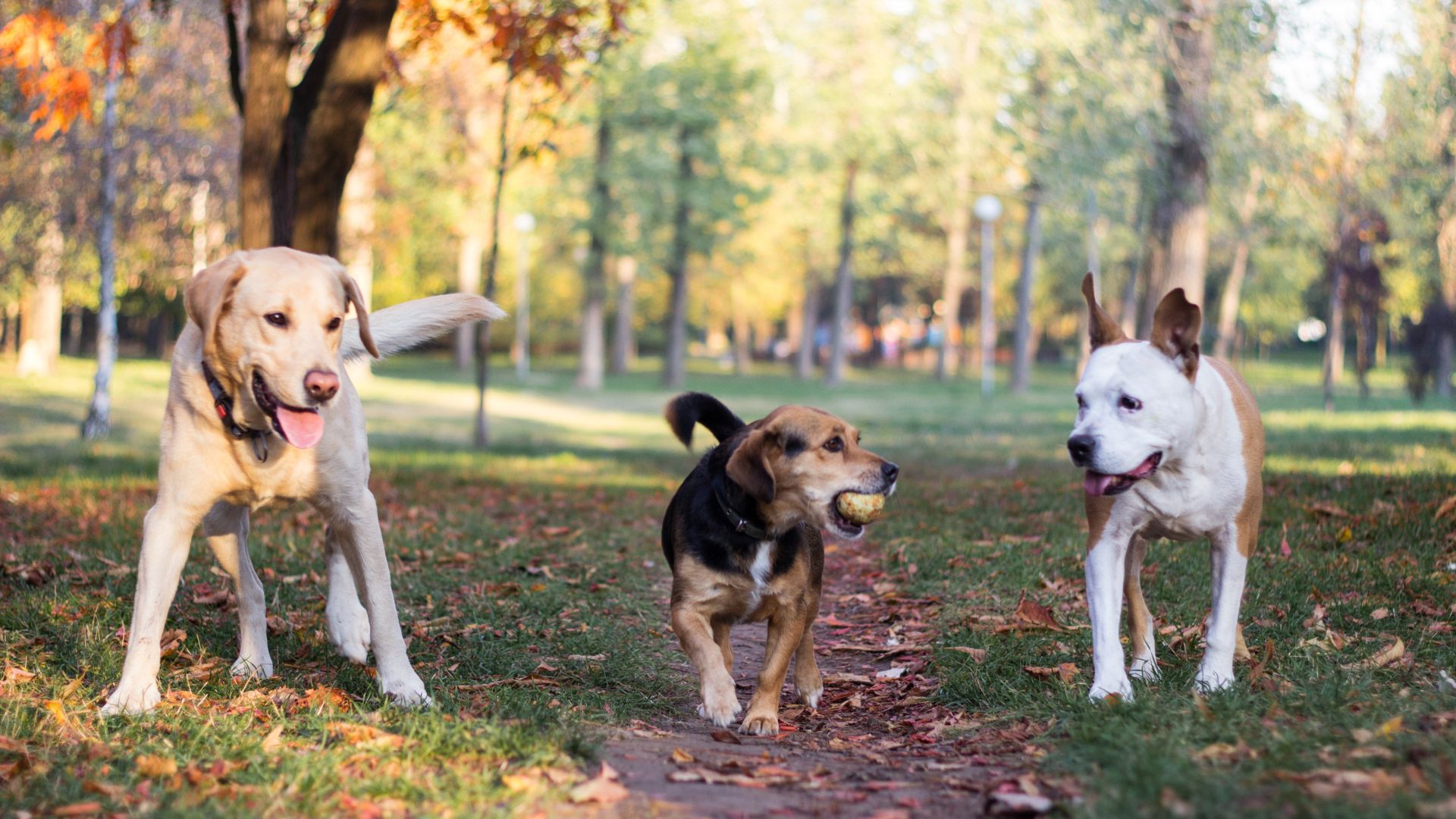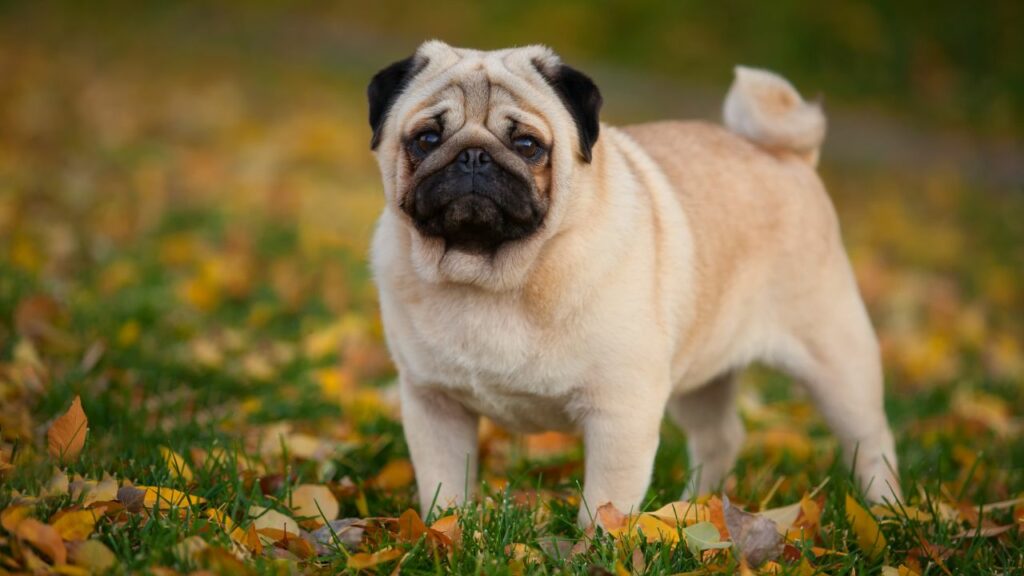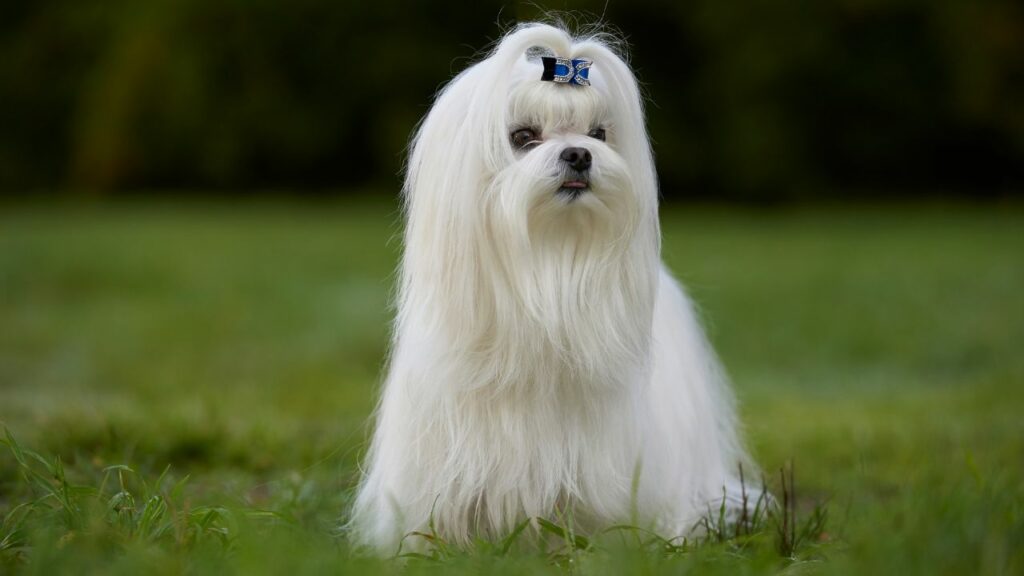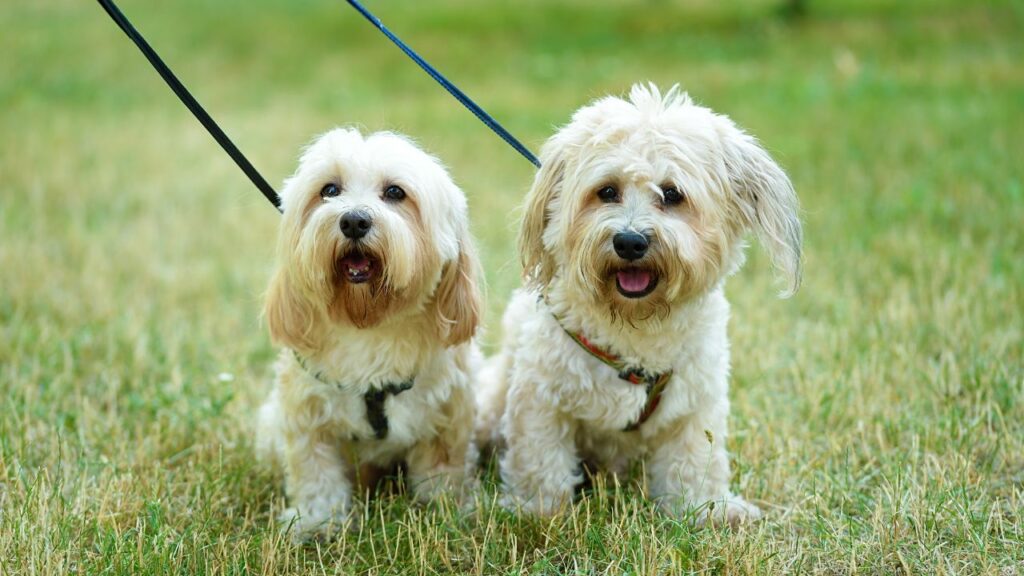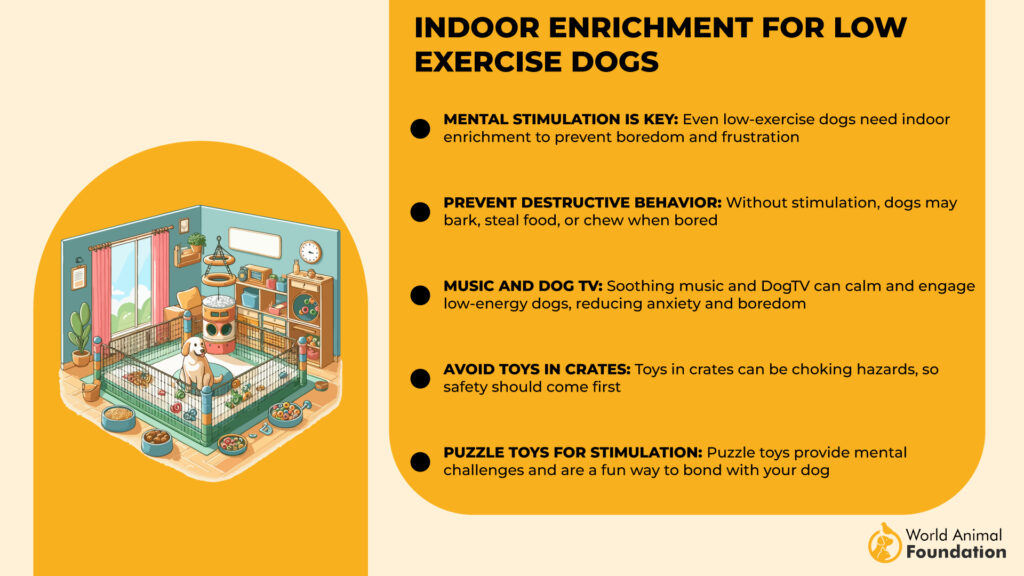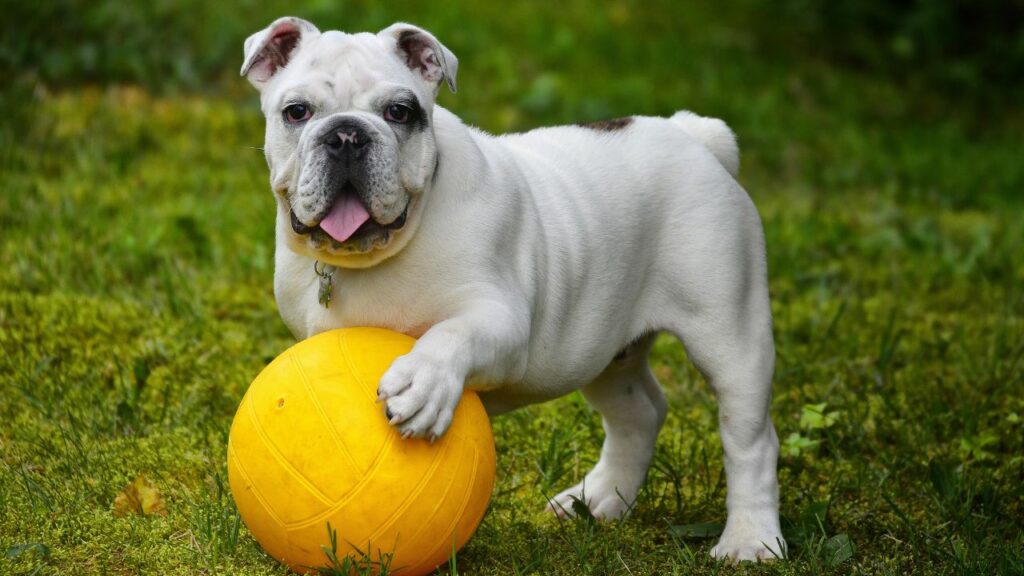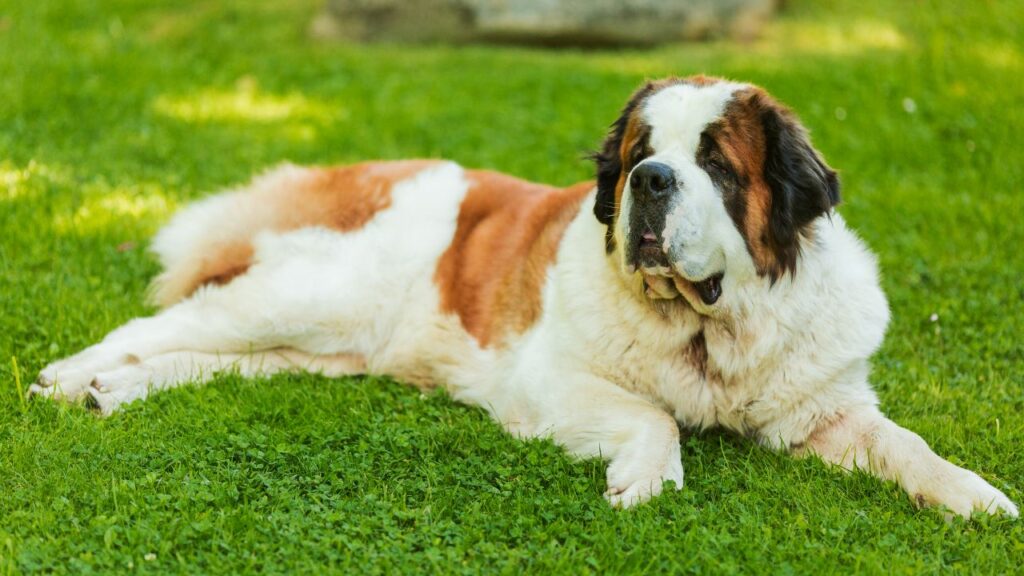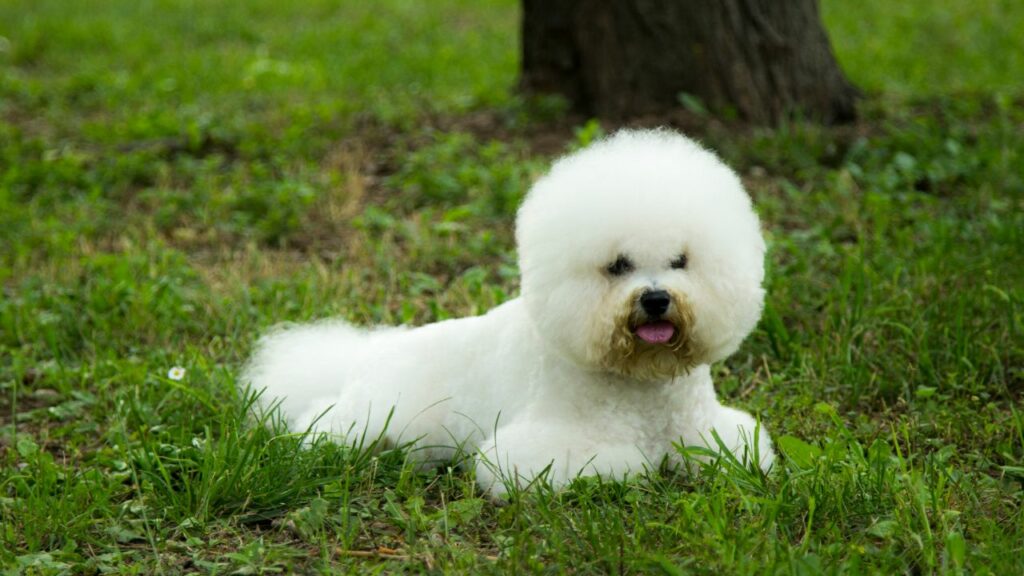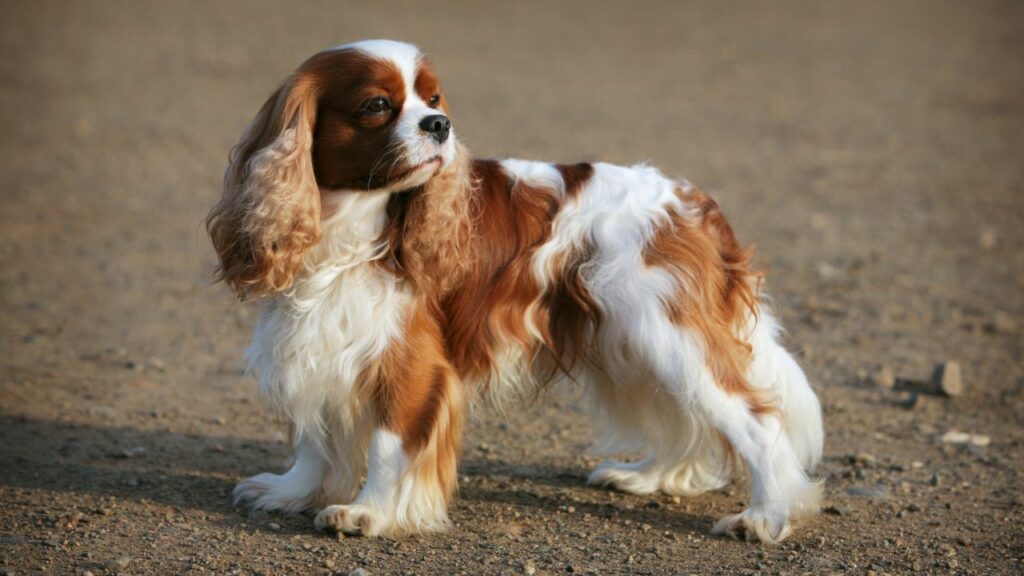Tired of high-energy hounds tearing through your house? Craving canine companionship without the constant demands of a marathon runner? Then you’re in luck! Discover nine delightful dog breeds perfectly suited for a more relaxed lifestyle. From cuddly couch potatoes to gentle giants, these low-exercise breeds offer all the love and loyalty without the need for endless walks and rigorous playtime. Read on to find your perfect low-key furry friend.
Not every dog lover has the time or ability to commit to long, daily walks. Some may be limited by mobility issues, while others simply have busy schedules. But does that mean you can’t be a responsible dog owner? Absolutely not! With so many different dog breeds out there, there’s a perfect match for every lifestyle. If you’re longing for a loyal companion but worried about how much exercise you can provide, it’s essential to find a breed that fits your needs.
While all dogs need some level of activity, even the laziest pups, exercise doesn’t always mean long walks or jogs. Many small dogs can meet their exercise needs by chasing a ball around the house or having a short walk each day. Some large dogs with low energy thrive on slow, gentle walks, especially those prone to joint or heart issues. The key to finding a dog with lower exercise needs lies in understanding the breed’s characteristics and history.
If you’re eager to learn more and find the perfect laid-back companion for your chill lifestyle, let’s dive into the top dog breeds that require the least exercise!
Dog Breeds That Require the Least Exercise
1. Pug
It’s easy to see why Pugs are such popular pets—these adorable little dogs with their wrinkled foreheads, flat noses, and big, expressive eyes are hard to resist. Pugs are known for their playful personalities, but they don’t require a lot of exercise to stay healthy. While they do enjoy a bit of activity, they’re perfectly content with short walks and some indoor playtime.
Orvis notes that a couple of brief walks each day, along with some play in the living room or yard, is usually enough to keep them in good shape. However, Pugs have a tendency to become couch potatoes if left unchecked, so it’s important to make sure they get some daily movement.
True to their nature as indoor lap dogs, Pugs love being near their families and will happily follow you around the house. Whether it’s curling up on your lap or snuggling in bed, they crave attention and companionship. Although they may be small, Pugs do shed quite a bit, so be prepared for a little extra fur around the house. They’re also alert and will let you know when visitors arrive, but once inside, they’ll greet your guests with warmth and affection.
2. Maltese
Maltese dogs are friendly, lively, and affectionate companions who thrive on human attention. These small, cuddly dogs are happiest when they’re close to their owners, often seeking out a cozy lap to curl up on. Known for their playful nature, Maltese dogs seem to maintain their puppy-like energy well into adulthood, making them great family pets who love to engage with children and play.
Since Maltese are small, they have minimal exercise needs compared to larger breeds. ASPCA states that about 20 to 30 minutes of daily activity, such as a short walk, a fun game of fetch, or even just running around the house, is usually enough to keep them healthy and happy. Their beautiful, long white coat requires regular grooming, though many owners opt for a shorter “puppy cut” for easier maintenance. Maltese rarely shed, making them a great option for allergy sufferers.
While they will alert you to visitors with a bark, they are also quick to welcome guests with affection. Some Maltese may bark a bit too much, but with proper training, this can be managed.
3. Bolognese
The Bolognese is a loving and affectionate dog that thrives on cuddles and close companionship. They are gentle and patient, making them a great fit for families with children, as they enjoy playtime without being overly energetic.
While playful, the Bolognese doesn’t have high exercise needs. According to Omlet, a couple of short walks a day, combined with a fun play session indoors, is usually enough to keep them physically stimulated and in good shape. Though they don’t require intense activity, regular walks are important to prevent obesity, which can be a concern for this breed.
Like many small dogs, Bolognese can develop “small dog syndrome” if not given fair, consistent training, but they are quick learners and respond well to positive reinforcement. Their beautiful white coat requires regular brushing, though they shed very little, making them an excellent choice for allergy sufferers.
4. English Bulldog
The English Bulldog is known for its sweet and gentle nature, making it a dependable and loving family pet, especially with children. They are people-oriented and enjoy human attention, which makes them great companions. English Bulldogs are also well-suited for apartment living and don’t require a yard.
Being low-endurance dogs, they only need about 30 minutes of exercise a day, which can be split into two short 15-minute walks to avoid overexertion. These dogs thrive in temperate climates, as they can easily overheat in hot weather and struggle with breathing, while cold temperatures can make them uncomfortable.
According to Hill’s Pet, English Bulldogs are known to be loud breathers, often snoring and wheezing, and many tend to drool. Though they have a short coat that requires minimal grooming, it’s important to regularly clean the wrinkles on their face to prevent skin infections.
5. St. Bernard
Calm and easygoing, the Saint Bernard is a low-energy dog that moves at a relaxed pace. While they are quick learners, they respond thoughtfully and methodically. Known for their affectionate and loving nature, Saint Bernards are great family dogs and generally get along well with other household pets. However, their interactions with unfamiliar dogs may not always go smoothly.
Despite their large and powerful build, Saint Bernards only need a moderate amount of exercise, around an hour of walking or interactive play daily. They thrive on activities like tug-of-war, swimming, and trick training, but exercise should be gentle, especially in warm weather due to their sensitivity to heat. Grooming is relatively simple, with weekly brushing and occasional baths, though daily brushing is needed during heavy shedding seasons in spring and fall.
However, this breed is prone to drooling, particularly in warmer temperatures, so they may not be ideal for fastidious housekeepers. Britannica notes that their large size also requires ample indoor space and a spacious vehicle for travel, making upkeep a bit more challenging for some households.
6. Griffon Bruxellois
Clever and quick, the Griffon Bruxellois may be part of the Toy group, but it carries the heart and spirit of a terrier. For those who can spend plenty of time with their dog and enjoy playing and training, the Griffon Bruxellois makes a fun and engaging companion. This breed is better suited to families with older children, as their playful and sometimes rough nature, especially during puppyhood, might be a bit too much for younger kids.
With a medium energy level, the Griffon Bruxellois does well with moderate exercise, typically around an hour of activity split into two half-hour walks each day, plus some games, training, and puzzle-solving to keep them mentally stimulated. While they’re adaptable to colder weather, their short muzzles mean they should avoid exercise in hot conditions. They’re just as happy being active as they are lounging on the sofa, as long as they’re close to their loving owner.
Purina points out that this breed loves both playtime and affection, thriving with owners who enjoy training as a fun hobby. Easily motivated by food and toys, the Griffon Bruxellois will not only excel in training but also enjoy plenty of pampering and cuddle time.
7. Bichon Frise
The Bichon Frise is a joyful, small dog with a playful personality and a lot of love to offer. With their bright black eyes and fluffy white coat, they almost resemble a cuddly toy. Bichons have moderate exercise needs, typically requiring 30 minutes to an hour of activity each day. This can be easily met through walks, playtime in a secure space, and fun interactive games.
Their cheerful and enthusiastic nature makes them fantastic companions, especially for novice pet owners and apartment dwellers. Bichon Frises are also a great option for those seeking a small dog that doesn’t shed much. While they are considered hypoallergenic, it’s important to note that individual sensitivities to dog dander can vary.
They thrive on attention and do not like being left alone for long periods, making them best suited for homes where they can enjoy plenty of affection. In return, Bichons will shower their owners with love and loyalty, creating a truly rewarding bond.
8. Cavalier King Charles Spaniel
The Cavalier King Charles Spaniel, a small companion breed from the United Kingdom, is cherished for its affectionate and loving personality. These dogs thrive on human interaction and make excellent companions for both individuals and families. Your Cavalier will need at least an hour of exercise daily, which can be split into two walks with some off-leash time in a secure area. Their friendly, patient, and gentle nature makes them wonderful pets, but they don’t fare well when left alone for extended periods.
Cavaliers are prone to gaining weight, so it’s important to resist their puppy-dog eyes when they beg for treats like chips or pizza. Instead, offering them playtime or a walk will keep them healthy and happy. One of their greatest strengths is adaptability, as they are content in both apartments and houses, as long as they receive plenty of love and attention.
In terms of training, Cavaliers are intelligent and eager to please, making them relatively easy to train. Positive reinforcement and food rewards work wonders in ensuring that training is enjoyable for both you and your Cavalier.
9. Chinese Crested
Chinese Crested dogs are a small, unique breed known for their hairless bodies and affectionate, playful personalities. These dogs are the ultimate couch potato companions, perfectly content to lounge with you for hours without moving.
Despite their small size and low exercise needs, Chinese Cresteds still benefit from daily walks and some playtime to keep them healthy and happy. Additionally, regular mental stimulation is essential to prevent boredom.
Though not overly social with strangers, Chinese Cresteds form intense bonds with their family and can be incredibly loyal once they fall in love with you, often following you everywhere. Their devotion is unwavering, making them wonderful companions for those who seek an affectionate and playful pet. If you’re looking for a small, unique, and devoted dog breed, the Chinese Crested could be the perfect match for you.
Conclusion
Choosing a low-maintenance dog breed with minimal exercise needs can be the perfect solution for pet parents with a more relaxed lifestyle or limited time for physical activity. Breeds like Shih Tzu, Basset Hounds, and other toy breeds are known for being excellent companion dogs and make amazing apartment pets.
These breeds typically require less daily exercise compared to more active dogs, making them wonderful companions for those who want a dog that is content with short walks or play sessions indoors. However, it’s still important to ensure that even low-energy breeds get some level of daily exercise to maintain a healthy weight and overall well-being.
For those interested in dog sports or activities like canine sports, some of these breeds can still participate with proper training from a certified professional dog trainer. Early socialization is crucial for breeds like Shih Tzus and Basset Hounds to help them interact well with other dogs. Additionally, while these low-maintenance breeds may require less physical activity, their grooming needs, such as maintaining their coat’s appearance, should not be overlooked.
Whether you’re looking for a gentle giant or a small toy breed, these dogs are not only wonderful companions but also offer a perfect balance of low activity and companionship.
Ultimately, while these nine breeds require less exercise than many others, “low-exercise” doesn’t mean “no exercise.” All dogs benefit from regular physical and mental stimulation. Even these breeds need daily walks and playtime to stay healthy and happy. Remember that individual dogs within a breed can vary, so observe your dog’s energy levels and adjust accordingly. Choosing a breed that matches your lifestyle is crucial for a harmonious and fulfilling relationship. Do your research, consider your living situation, and be prepared to meet your dog’s individual needs.

